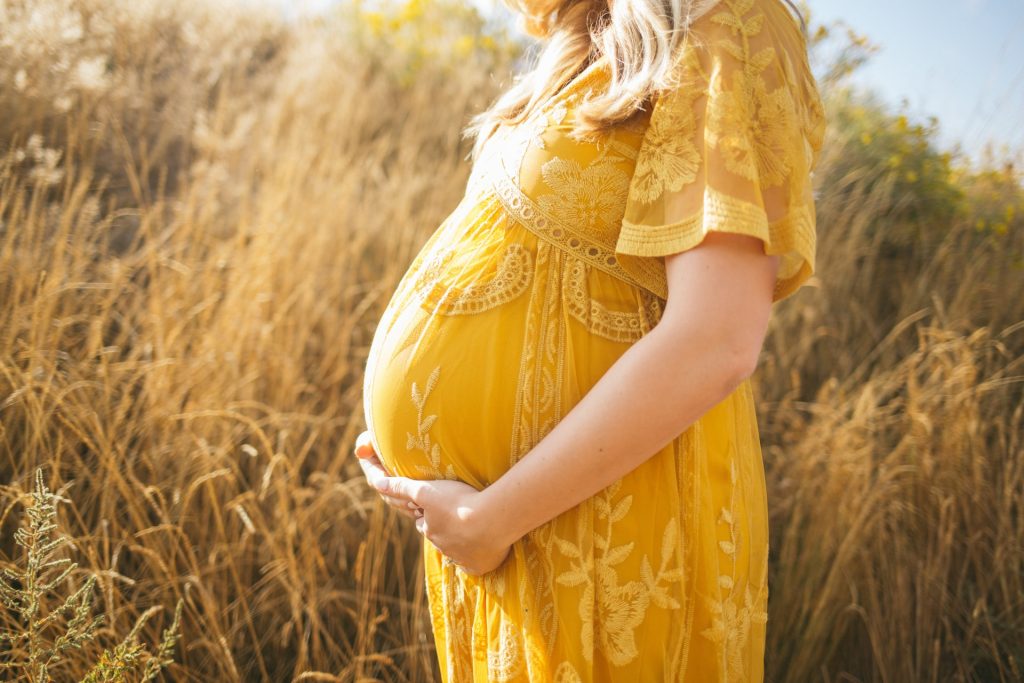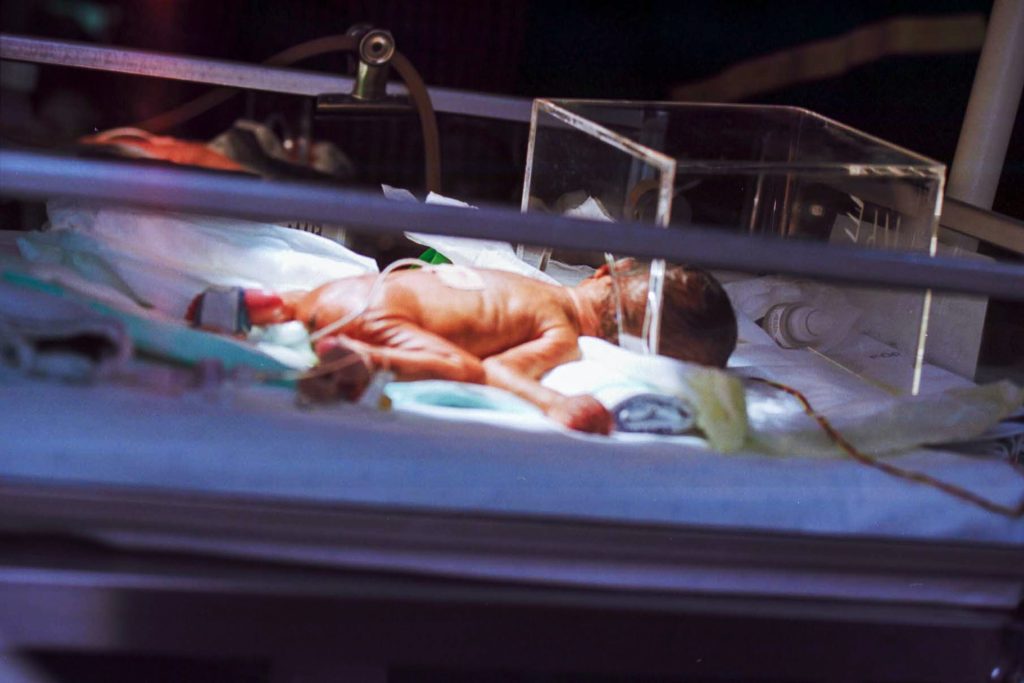Promising Zika Vaccine Protects Foetus in Animal Trial

US researchers have shown that a Zika virus vaccine candidate is effective at preventing the Zika virus passing from mother to foetus in preclinical animal studies, according to a new study published in npj Vaccines.
“The vaccine has been shown to be safe for non-pregnant humans, but of course we need to know if it is safe and effective for the people at greatest risk: pregnant women and their fetuses,” said first author In-Jeong Kim, PhD, a viral immunologist at Trudeau Institute. “Our proof-of-concept studies conducted at Trudeau and Texas Biomed show very promising results that the vaccine given before pregnancy will provide high levels of protection for mothers and babies.”
The 2015–2016 Zika outbreak in Brazil and other countries in the Americas caused a surge in miscarriages and a constellation of birth defects, called Congenital Zika Syndrome, including abnormally small heads and neuro-developmental disorders.
“It’s important to test vaccines before the next large outbreak, because there will be another,” said senior author Jean Patterson, PhD, a virologist at Texas Biomed. “Zika is part of a family of viruses known to go through cycles. These viruses tend to spread rapidly through naïve populations that have never been exposed to the virus before, then infections drop down for years because most people have been exposed. As more and more people are born, there is a new group of naïve individuals in which the virus can once again wreak havoc. We want to help break that cycle.”
The purified, inactivated Zika vaccine (ZPIV) candidate was been tested in non-pregnant animals, showing it effectively clears the virus from blood. In Phase 1 human trials, it has been shown to be safe and elicit a protective immune response.
However for ethical and safety reasons, it is not possible to test whether the vaccine protects women and their foetuses from both infection and severe malformations, so animal models are used as a substitute.
Researchers tested the vaccine in pregnant mice and marmosets, respectively. The mouse studies, led by Dr Kim and Marcia Blackman, PhD, a viral immunologist at Trudeau, showed the vaccine prevented around 80% of foetal malformations, and neutralising antibodies were detected in foetal blood samples eight days after infection.
“We were able to detect maternal antibodies in the fetus during pregnancy and the results suggest the antibodies play a critical role in protecting fetuses from Zika virus,” Dr Kim said.
Marmosets are more sensitive to Zika infection than other nonhuman primates; previous research showed foetuses were aborted within two weeks of maternal infection.
In this study, four marmosets were immunised with the ZPIV vaccine and then exposed to Zika virus after they became pregnant. Only 1 of 12 offspring tested positive for Zika virus, demonstrating more than 90% effectiveness.
“Because the animals became pregnant at different times, our study was able to show the vaccine confers protection for at least 18 months after vaccination, which is important for showing long-lasting immunity,” Dr Patterson said.
The researchers are already testing what happens when the vaccine is administered during pregnancy.
“These studies add evidence that the Zika vaccine WRAIR developed not only protects animals against Zika virus infection, but also the congenital defects that mimic what has been observed in people,” says Kayvon Modjarrad, MD, PhD, who leads the US Army Zika vaccine programme. “Together with the early phase clinical trials, we believe these data lend even more support that this vaccine platform is a viable approach for countering the persistent threat of Zika.”







